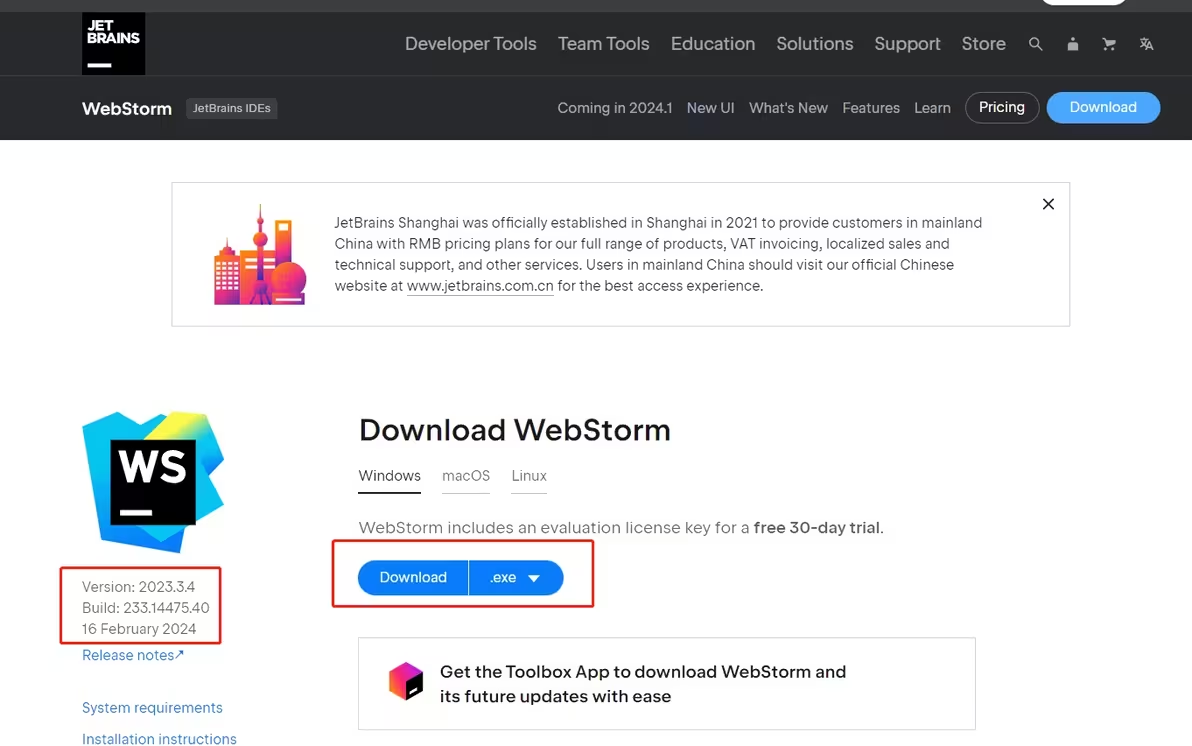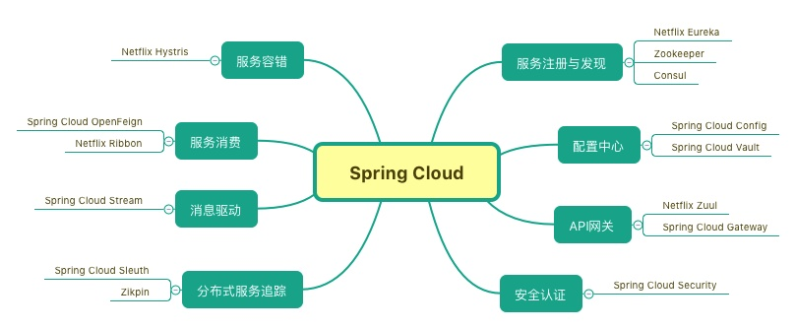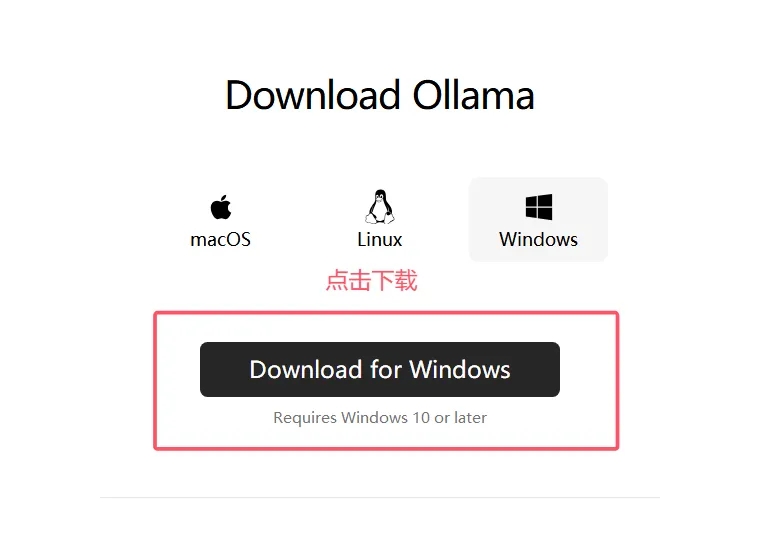引言
最近团队新增了一个 HC,面试候选人的过程中,看他简历,履历很牛逼,并且里面写的精通 TypeScript。
我想那我们就问一个很基础的问题吧,你了解 Typscript 的 extends 关键字吗?它都会在那几个场景下使用?
结果很失望,即使在我写出了 extends 的使用方式时,这位哥们还没想起怎么用,只能含糊其辞。
我赶紧换了一个问题,避免太尴尬:你了解 ts 工具类型 Exclude 与 Omit 的使用吗?及它们两个的区别?
这哥们还是不会~
不出意外的一面就挂了,说这个事的原因是,现在经济下行、市场上是狼多肉少,大家一定要珍惜面试机会,实事求是,平时多积累、多梳理,战时抓机会、少冷场啊。
好了下面说正事。
extends 关键字实现继承
如果你有看过 TypeScript 官方文档,起码熟悉这两个:
-
extends关键字可以实现interface类型的扩展,- 这个也是
interface与type类型别名实现扩展的区别之一,类型别名通过&交叉类型来实现类型扩展
- 这个也是
extends关键字可用于class的继承
比如定义个 Animal 接口
interface Animal {
name: string
}
interface Person extends Animal {
level: number
}
const person: Person = {
name: 'Perter',
level: 1
}
interface Dog extends Animal {
leg: number
}
const dog: Dog = {
name: 'BaGong',
leg: 4
}
如果使用 class
class Animal {
move() {
console.log("Moving along!");
}
}
class Person extends Animal {
talk(info: string) {
console.log(info)
}
}
const person = new Person();
// Base class method
person.move();
// Derived class method
person.talk('hello world')
class Dog extends Animal {
woof(times: number) {
for (let i = 0; i < times; i++) {
console.log("woof!");
}
}
}
const d = new Dog();
// Base class method
d.move();
// Derived class method
d.woof(3);
这种方式就是在践行 extends 单词的本意 扩展。
extends 实现类型约束
很贴切的列子就是 Typescript 的工具类型 Pick,可以通过从一个 类型中选取一组属性集合来构造一个新的类型。
接下来让我们实现下:
type MyPick<T, Keys> = {
[key in Keys]: T[key] // error: Type 'key' cannot be used to index type 'T'.
}
如果你直接这么写,ts 编译器肯定是要报错的。因为用户传入的属性集合中很可能在 T 中不存在!
所以我们需要对属性集合 Keys 进行约束,约束其必须为 T 的属性集合子集。
type MyPick<T, Keys extends keyof T> = {
[key in Keys]: T[key]
}
// 使用
interface Todo {
title: string;
description: string;
completed: boolean;
}
type TodoPreview = MyPick<Todo, "title" | "completed">;
const todo: TodoPreview = {
title: "Clean room",
completed: false,
};
todo; // ok
这是第二种方式,对泛型参数进行约束。
extends 实现条件类型判断
在 TypeScript 类型体操基础动作中,有一种动作叫:条件类型,条件类型主要用于去判断两个类型之间的关系。
建议阅读 类型体操基础动作
比如工具类型 Exclude 的实现,就是基于条件类型:
type MyExclude<T, Key> = T extends Key ? never : T
可以实现基于联合类型 Key ,排除联合类型 T 中匹配的类型。
type T0 = MyExclude<"a" | "b" | "c", "a">; // type T0 = "b" | "c" type T1 = MyExclude<"a" | "b" | "c", "a" | "b">; // type T1 = "c"
在多数工具类型中,都用到了这个特性,最常见的就是递归类型。递归三要素之一就是要有终止条件,而我们就可以通过 extends 实现终止条件的判断。
比如
- 实现一个 DeepReadonly 工具类型,可以做到将对象类型的所有属性转为只读:
type DeepReadonly<T> = keyof T extends never ? T : {
readonly [Key in keyof T]: DeepReadonly<T[Key]> : T[Key]
}
- 实现一个 TrimLeft ,可以实现移除字符串类型的左边空格:
type Space = ' ' | '\n' | '\t'
type TrimLeft<S extends string> = S extends `${Space}${infer R}` ? TrimLeft<R> : S
type trimed = TrimLeft<' Hello World '> // expected to be 'Hello World '
- 实现一个 KebabCase 类型,可以实现对字符串类型的驼峰转横杠:
type KebabCase<T extends string> = T extends `${infer F}${infer R}` ? R extends Uncapitalize<R> ? `${Uncapitalize<F>}${KebabCase<R>}`
: `${Uncapitalize<F>}-${KebabCase<R>}`
: T;
type FooBarBaz = KebabCase<"FooBarBaz">;
const foobarbaz: FooBarBaz = "foo-bar-baz";
type DoNothing = KebabCase<"do-nothing">;
const doNothing: DoNothing = "do-nothing";
是不是很有意思?
最后
恭喜你,通过短短几分钟,有进步了一丢丢。
参考
- TypeScript:https://www.typescriptlang.org/docs/handbook/2/everyday-types…
- DeepReadonly: https://github.com/type-challenges/type-challenges/blob/main/questions/00009-medium-deep-readonly/README.md
- TrimLeft: https://github.com/type-challenges/type-challenges/blob/main/questions/00106-medium-trimleft/README.md
- KebabCase:https://github.com/type-challenges/type-challenges/blob/main/questions/00612-medium-kebabcase/README.md
以上就是Typescript extends 关键字的三个妙用的详细内容,更多关于Typescript extends 关键字的资料请关注脚本之家其它相关文章!
来源链接:https://www.jb51.net/javascript/2952957gf.htm
如有侵犯您的版权,请及时联系3500663466#qq.com(#换@),我们将第一时间删除本站数据。













暂无评论内容